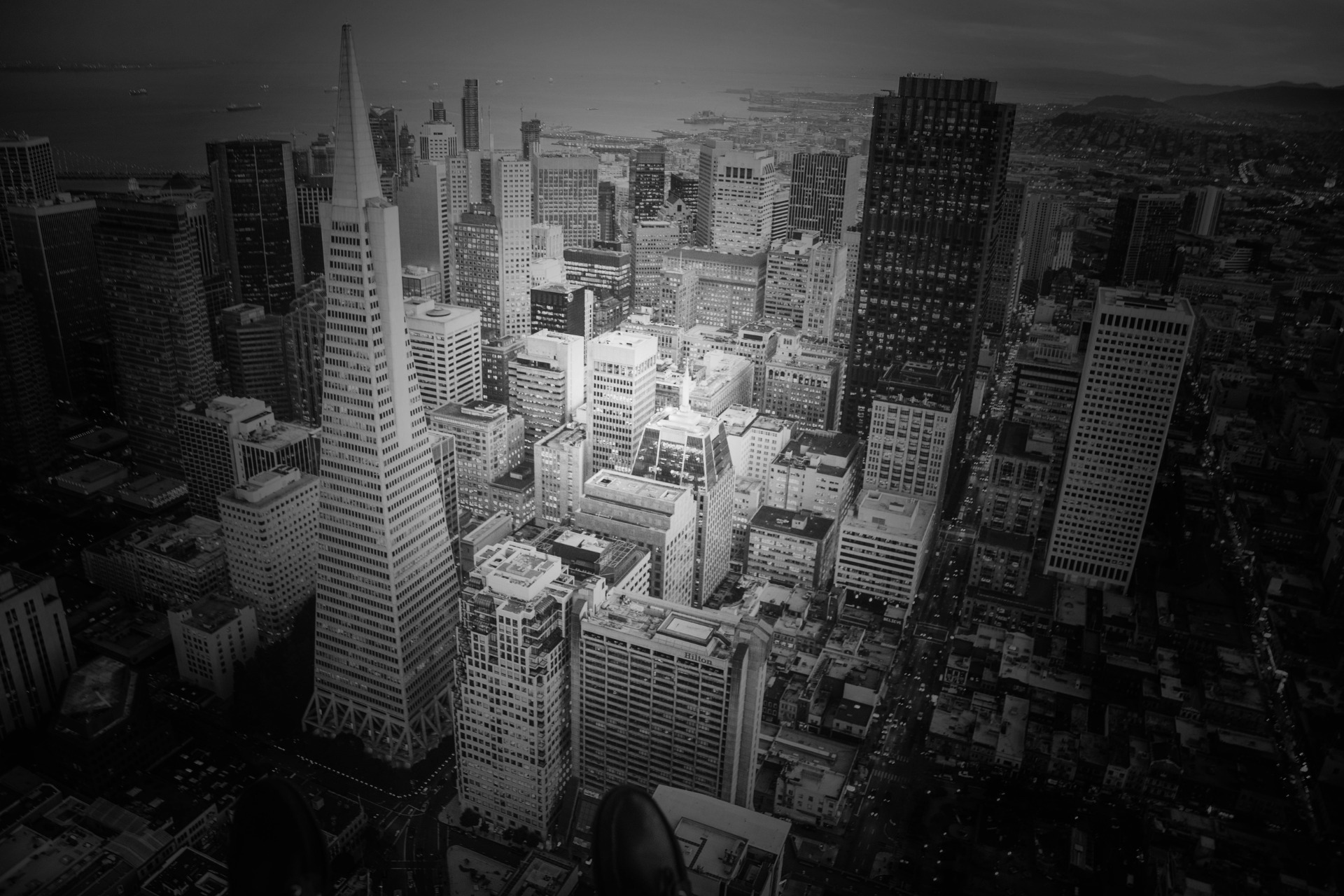Web Design in the Modern Era: Where Function Meets Visual Storytelling

Web Design in the Modern Era: Where Function Meets Visual Storytelling
In a world where digital presence is often the first impression, web design has evolved into a powerful fusion of art, technology, and psychology. No longer just about making websites "look good," modern web design is about creating experiences—ones that are intuitive, accessible, and aligned with the goals of both the user and the brand.
What Is Web Design?
At its core, web design is the process of planning, conceptualizing, and arranging content intended for the internet. Today, web design goes beyond aesthetics—it includes how a site functions, how users interact with it, and how content is delivered across various devices. It's the bridge between human needs and digital capabilities.
The Pillars of Effective Web Design
1. User Experience (UX)
Good web design begins with the user in mind. UX design focuses on how visitors navigate the site, how easily they find information, and how seamlessly they can complete tasks—whether it's making a purchase, reading a blog, or contacting a service.
Key elements of UX:
Clear navigation
Fast load times
Mobile responsiveness
Accessible content
2. Visual Design (UI)
User Interface (UI) design handles the look and feel of a site. This includes layout, colors, typography, imagery, and interactive elements. The right visual design not only reinforces a brand's identity but also subtly guides users through the site's hierarchy and actions.
3. Responsive Design
With users browsing on phones, tablets, and desktops, responsive design is no longer optional—it's essential. A responsive site adapts to any screen size, ensuring usability and readability no matter the device.
4. Performance and SEO Integration
Search engine optimization (SEO) and performance optimization are integral to web design today. Clean code, structured data, and fast-loading pages enhance not just user experience but also search engine visibility, giving your site a competitive edge.
Trends Shaping Modern Web Design
- Dark Mode & Minimalism
Less is more. Clean layouts, limited color palettes, and subtle animations allow content to shine without overwhelming the user.
- Microinteractions
Tiny animations—like a button changing color on hover—create delightful, intuitive experiences that make sites feel more alive.
- Asymmetry and Broken Grids
Modern designers are breaking free from the traditional grid to create more dynamic, eye-catching layouts.
- 3D Elements & Parallax Effects
With advances in web technology, 3D visuals and parallax scrolling effects (where the background moves at a different speed than the foreground) are adding depth and dimension to web storytelling.
- AI and Personalization
AI-driven design tools and personalized user experiences based on behavior and preferences are becoming increasingly common, creating a more custom experience for each visitor.
The Process of Web Design
Discovery & Research
Understanding the audience, business goals, and competitive landscape.
Wireframing & Prototyping
Creating low-fidelity sketches or interactive models to plan the structure.
Design Execution
Developing high-fidelity mockups with branding, visuals, and content.
Development
Turning designs into code—using HTML, CSS, JavaScript, and back-end technologies.
Testing & Launch
Ensuring functionality, speed, and cross-browser compatibility before going live.
Maintenance
Continuous updates, content refreshes, and performance monitoring to keep the site relevant.
Why Web Design Matters More Than Ever
A website is no longer a digital brochure—it's often the core platform for marketing, customer engagement, and brand identity. Studies show that users form an opinion about a website in just 0.05 seconds. That means your design has to be clear, compelling, and credible from the moment the page loads.
Whether it's an e-commerce store, a nonprofit landing page, or a creative portfolio, a well-designed website builds trust, drives conversions, and fosters loyalty.
Final Thoughts
Web design is not a one-size-fits-all formula. It's an evolving dialogue between form and function, aesthetics and utility, art and engineering. The best websites feel effortless to use, look stunning across every screen, and speak directly to the user's needs—often without a single word.
As digital expectations continue to grow, web design remains one of the most crucial investments any brand can make. It's more than a digital face—it's the heartbeat of your online presence
.